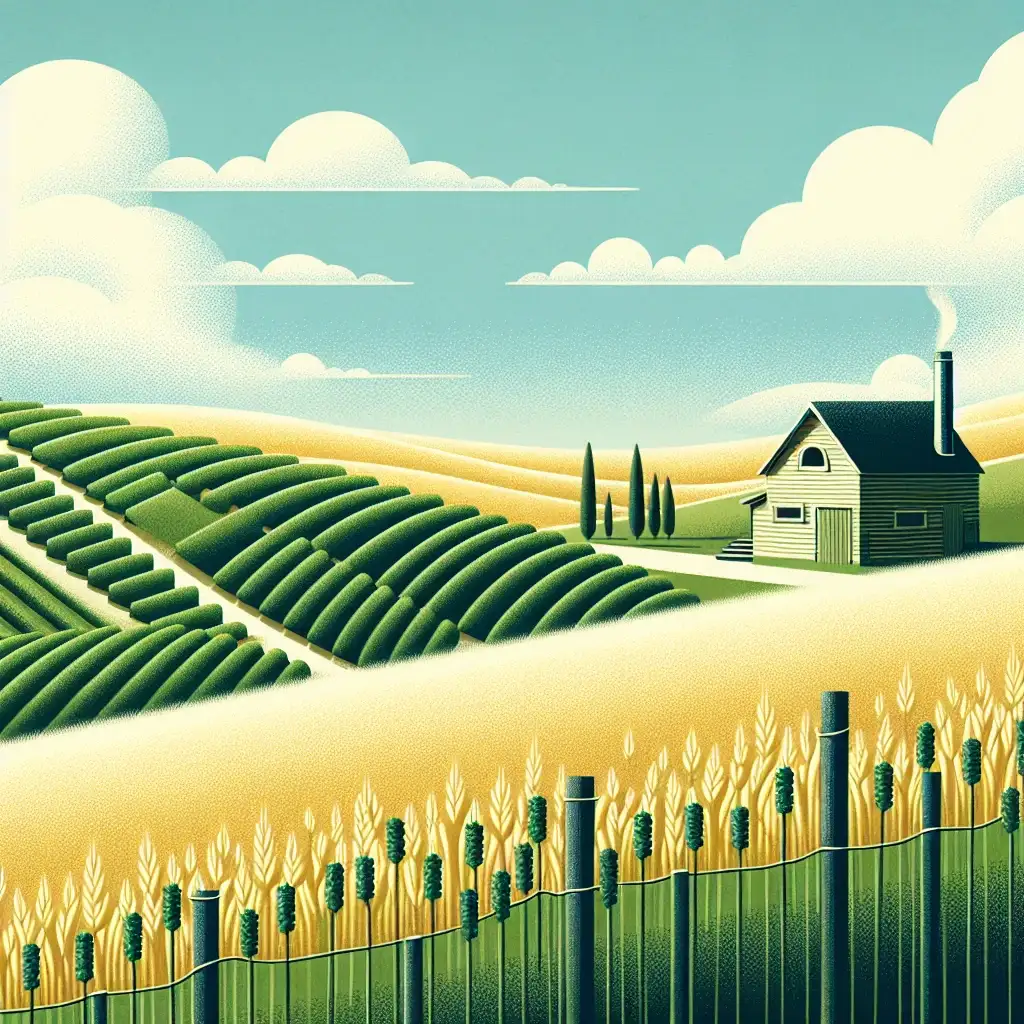Key Points
- Explore the intricate chemistry behind fermentation that unveils hidden secrets within various fermented products.
- Discover the significant role of microorganisms like yeast and bacteria in transforming sugars into diverse substances like alcohol, gases, or acids.
- Uncover the cultural significance and health benefits of fermented foods, showcasing the fascinating duality of complexity and simplicity in the fermentation process.
Introduction to the Fascinating World of Fermentation
Fermentation: it’s a process as old as time, yet it continues to fascinate and benefit us in numerous ways. But what exactly happens when fermentation takes place? Why does this process matter in the realm of science and in our daily lives? This article leads you through the meandering paths of chemistry behind fermentation, helping you uncover secrets hidden within bubbles and aromas of fermented products.
What is Fermentation?
Fermentation, in scientific terms, is a metabolic process that produces chemical changes in organic substrates through the action of enzymes. In simpler terms, it’s how yeast and bacteria transform sugars into other substances like alcohol, gases, or acids. This transformation is not just a simple change; it’s a profound alchemy of nature that has been shaping human culture, cuisine, and health for centuries.
The Agents of Change: Yeast and Bacteria
At the heart of fermentation are two primary agents: yeast and bacteria. These microorganisms are the tiny powerhouses driving the process. Yeast, particularly Saccharomyces cerevisiae, is famous for its role in brewing beer and baking bread. When yeast ferments the sugars present in grains, it produces alcohol and carbon dioxide—creating the bread’s rise and the beer’s buzz.
Bacteria play their part, particularly in the production of vinegar, yogurts, and cheeses. Different types of bacteria, depending on the environment and substrate, can lead to entirely different flavors and textures. For instance, the tang of yogurt is largely due to Lactobacillus species, which turn lactose into lactic acid.
The Process: How Sugars Transform
The chemistry of fermentation begins with carbohydrates, which are abundant in foods like fruits, grains, and milk. These carbohydrates are primarily sugars which provide the energy source for microorganisms like yeast and bacteria. Once the fermentation starts, enzymes from these microorganisms convert these sugars into molecules like ethanol (alcohol), carbon dioxide, and organic acids.
Picture this: In brewing beer, the brewer mixes grain with water, creating a ‘mash.’ This mash activates enzymes to break down the starches into sugars. Yeast is then added to this sugary mix, which ferments the sugars into alcohol and carbon dioxide—yielding beer.
Vinegar: A Sour Twist in Fermentation
Vinegar production is another excellent showcase of fermentation. It involves a two-stage process where initially, alcohol is formed through yeast fermentation. In the second stage, specific bacteria called acetic acid bacteria ferment this alcohol into acetic acid, the primary component giving vinegar its sharp character. This transformation is not just a culinary asset but also a preservation method, inhibiting harmful bacteria and extending the shelf-life of foods.
Health Benefits of Fermented Products
Beyond the flavors and aromas, fermented products offer a plethora of health benefits, primarily from the probiotics generated during the fermentation process. Probiotics are live microorganisms that can confer a health benefit on the host when consumed in adequate amounts. Regular consumption of fermented foods like yogurt, kefir, and sauerkraut can help enhance digestion, boost the immune system, and even improve mental health.
Cultural and Culinary Impact
Fermentation holds a sacred spot in many cultures. It’s an age-old method that spans across generations and geographical boundaries—enabling people to create staple foods like bread, cheese, wine, and kimchi. Each of these products carries a signature flavor and texture, deeply rooted in local traditions and microbial compositions.
Conclusion: Embracing the Complexity and Simplicity
The chemistry of fermentation is a fascinating duality of complexity and simplicity. It’s remarkable how simple sugars, with the help of microscopic organisms, can transform into products with profound impacts on cuisine, culture, and health. As we explore and understand more about the fermentation process, it not only enriches our diets but also enriches our appreciation of the natural processes that sustain and delight us.
Key Takeaways
- Fermentation is a transformative process driven by enzymes from microorganisms like yeast and bacteria, turning sugars into alcohol, gases, or acids.
- Different fermented products are staples in various cultures and carry significant health benefits, particularly because of the probiotics they contain.
- The process not only preserves foods but also enhances their flavors and nutritional profiles, making fermentation a cornerstone of culinary traditions around the world.
So next time you savor that tangy bite of sauerkraut or sip on a refreshing beer, ponder the incredible chemical dance that brought those complex flavors to life. Fermentation isn’t just a process; it’s a culinary art and a biological marvel that continues to shape our world in myriad ways.

